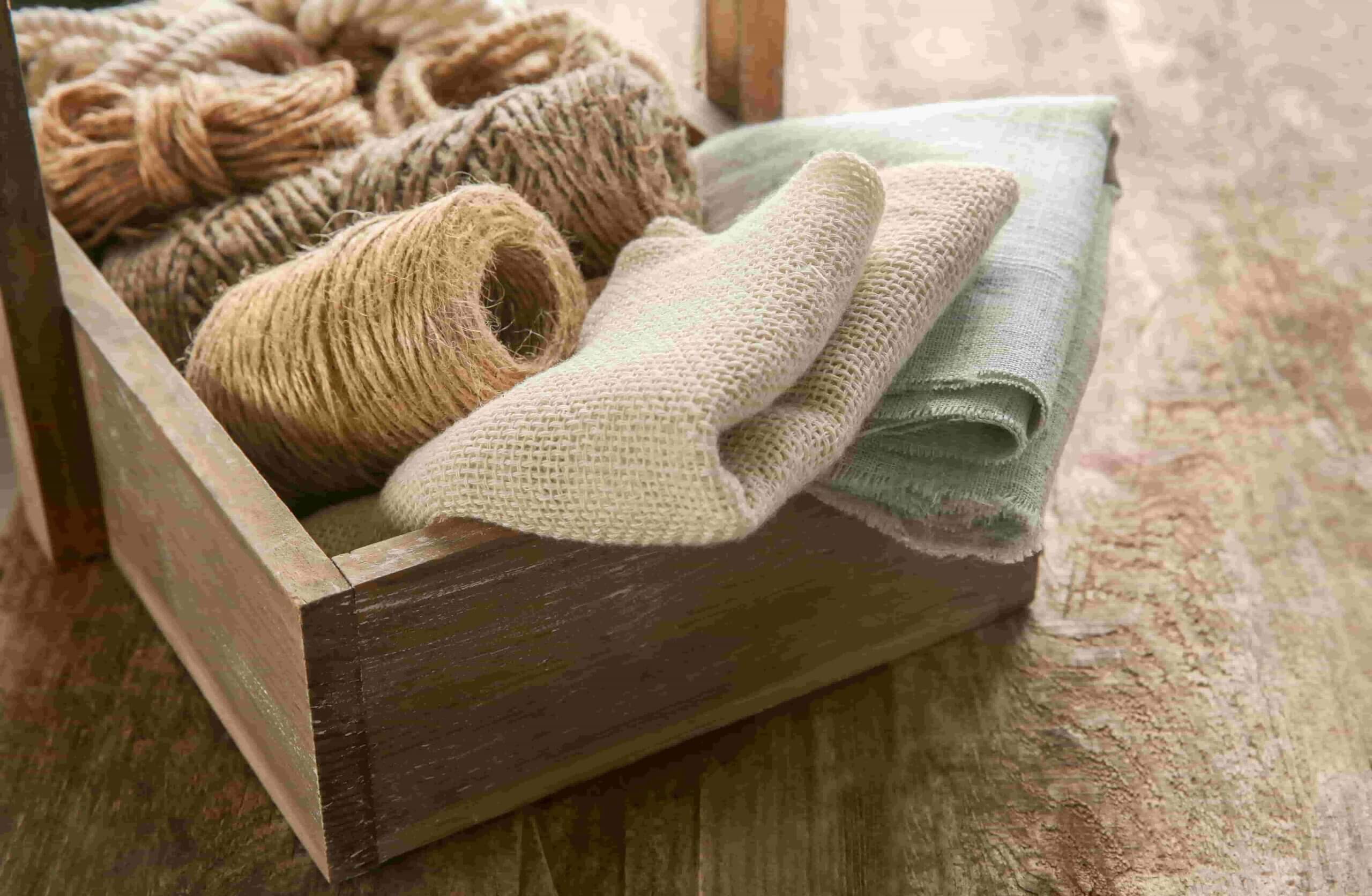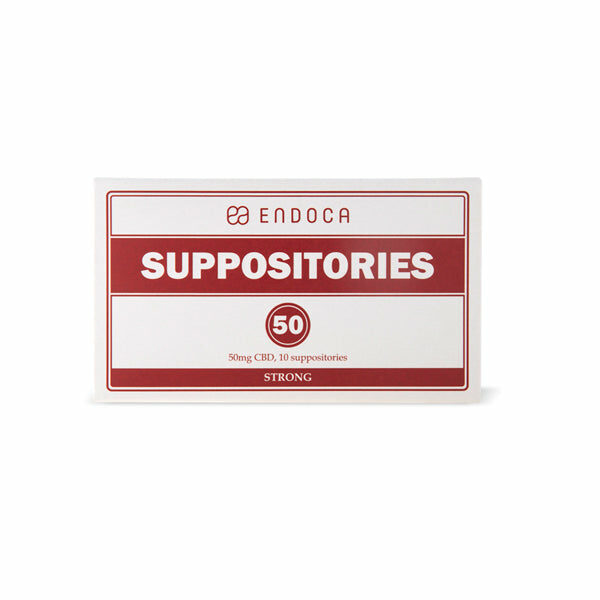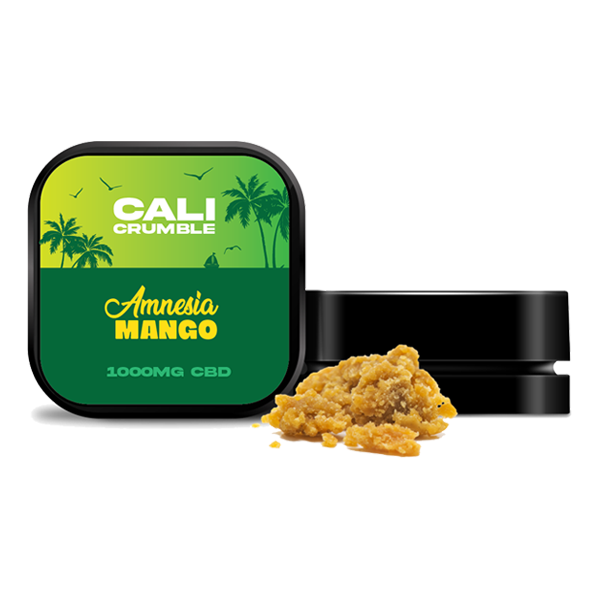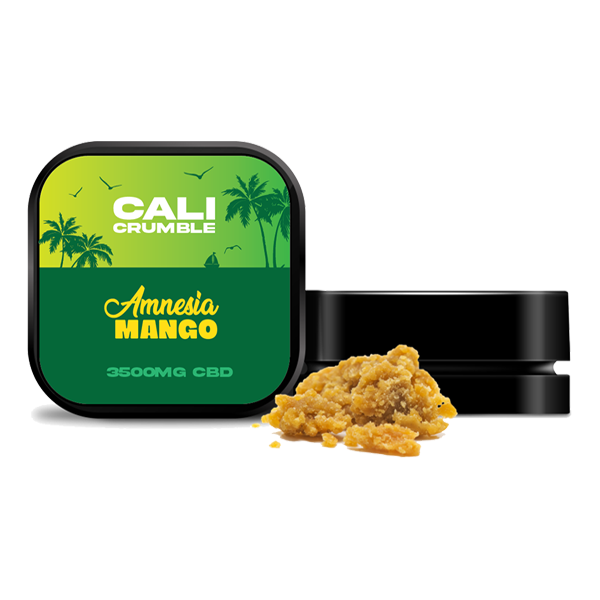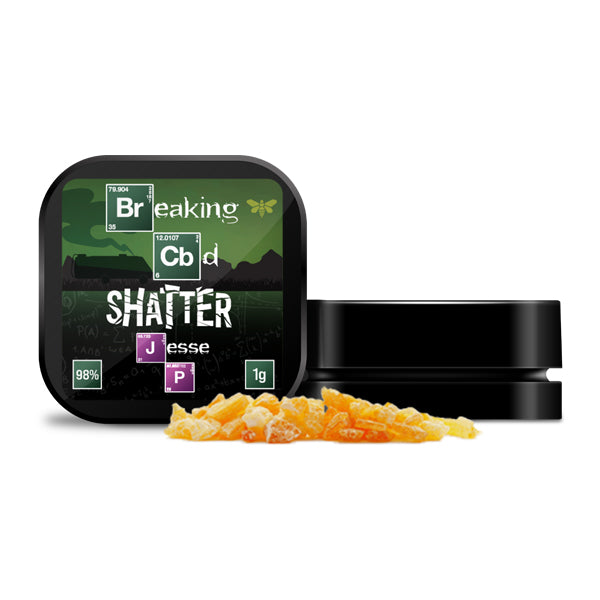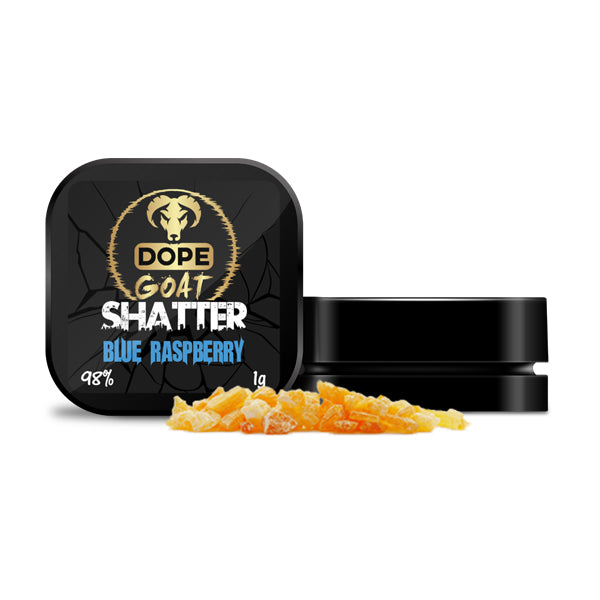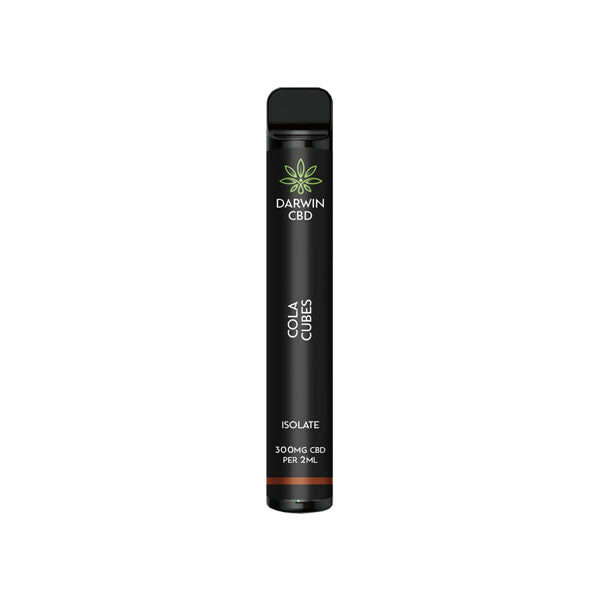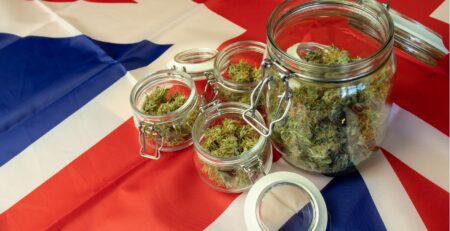The History of Hemp 1 – Food and Fibre
There arent many plants that have as many uses, or as long a history, as hemp known to science as Cannabis sativa.
-
CBD Products, CBD Vape, CBD Vape, Disposable Vape Pens, Vaping Products
Darwin The Big One 2000mg CBD Disposable Vape Device 3000 Puffs
£19.00
Domestication
Hemp and humans have coexisted for over ten thousand years. In ancient China and Japan, hemp was used for making clothes, ropes, and other fibre products.
Hemp nearest relative is hops the flower that gives beer its bitterness and acts as a preservative. 27 million years ago, the evolutionary lineages of the two plants separated. They began to develop different characteristics, and modern hemp was born.
Humans moved out of Africa and began creating conditions ideal for hemp to proliferate. Hemp likes nitrogen-enriched soil near to water, with plenty of light. As humans cleared bushes and left behind their organic waste, hemp thrived in abandoned settlements.
When hunter-gatherer bands returned to sites from the year before, the hemp seeds they had accidentally dropped would have grown into plants. People would generally select the plant materials, seeds, and stems that had their preferred characteristics oily seeds, strong fibres, more productive plants.
In this way, we selectively bred hemp plants (as well as other species like barley, wheat, and fruits), and planted them at next year campsite. Thus, agriculture may have born without any real forethought or planning but developed accidentally.
Food and Fibre
Hemp seeds are rich in omega-3 and omega-6 fatty acids. They occur there in exactly the right proportions for human brain function and development. Hemp seeds have huge amounts of fibre and make you feel fuller for longer. Hemp seeds contain protein also, essential for building and maintaining muscle and countless other body tissues.
People have eaten them from the Netherlands to Japan, and from North Africa to Siberia, from the late Neolithic period until the present day.
By far the most important historical use for hemp was in making fibres. These are turned into string, rope, clothing, bags, wallets, paper, and dozens of other products.
The ropes that held the world navies together in the age of sail were made of hemp, as was the sealant used to keep the ships afloat.
Many of the Founding Fathers of the United States grew hemp for fibres, as did the Puritan settlers of New England 100 years before.
Were it not for the unfortunate legislation that has grown up around its parent plant, hemp may have remained the world most important source of fibre. Now, with plastic pollution skyrocketing and many countries looking for alternatives to plastic packaging, clothing, and fishing nets, this forgotten fibre from the past may offer a future-proof solution to this issue.

